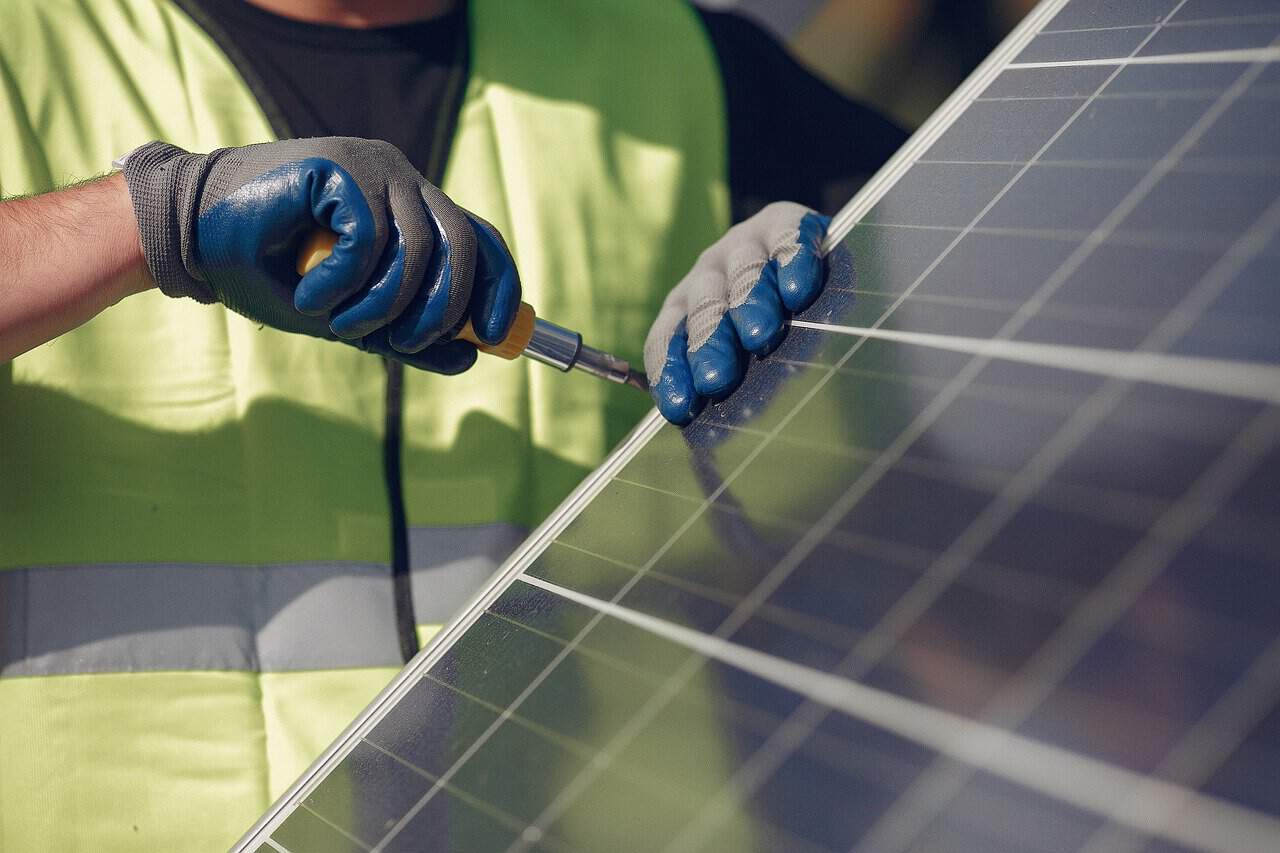With the impact of climate change, countries are seeking to expand their energy matrix and find alternatives that are both sustainable and efficient. Costa Rica has the potential to become a leader in solar energy, further enhancing its reputation as a green country. Jorge Esteban Padilla, a member of the Board of Directors of the Chamber of Distributed Generation, explained that Costa Rica has the third-best solar energy potential on the continent, only surpassed by Chile and Ecuador.
“The worst area of the country for generating solar power is still much better than the best area in Germany, the world leader in photovoltaic penetration,” he said. Padilla also pointed out that Costa Rica cannot continue to rely on burning bunker fuel—which both pollutes and drives up electricity prices—or on purchasing electricity from abroad, as it could become prohibitively expensive or even unavailable.
Solar Energy Could Revolutionize Costa Rica’s Energy Matrix
Experts estimate that building just 10 solar mega-plants, each with a capacity of 200 megawatts, on approximately 2,000 manzanas of currently unused land in Nicoya would generate an additional 2,000 megawatts of power in the summer months. This amount exceeds the historical maximum demand of 1,980 megawatts.
These 10 plants could generate energy equivalent to 50% of Costa Rica’s total annual renewable energy production. Ricardo Trujillo, general manager of Fibrotel, criticized the Costa Rican Electricity Institute (ICE) for its slow progress and lack of commitment to solar energy, which he believes would benefit everyone.
To diversify the energy matrix, ICE signed nine contracts with private companies in early September to produce 166 megawatts of solar and wind energy. Of these projects, which are expected to be completed between 2026 and 2027, five focus on solar energy with a potential capacity of 86 megawatts. While this represents progress, the country still faces challenges from climate-related phenomena.
A single renewable energy source alone cannot meet the nation’s electricity demands. Historically, Costa Rica has focused on building large hydroelectric plants, largely overlooking the potential of solar energy.
“Over time, electrical planning has been neglected, and our system has shown signs of vulnerability, the most recent being the near-rationing in May, which fortunately did not materialize,” said Mario Alvarado, Executive Director of the Costa Rican Association of Energy Producers.






